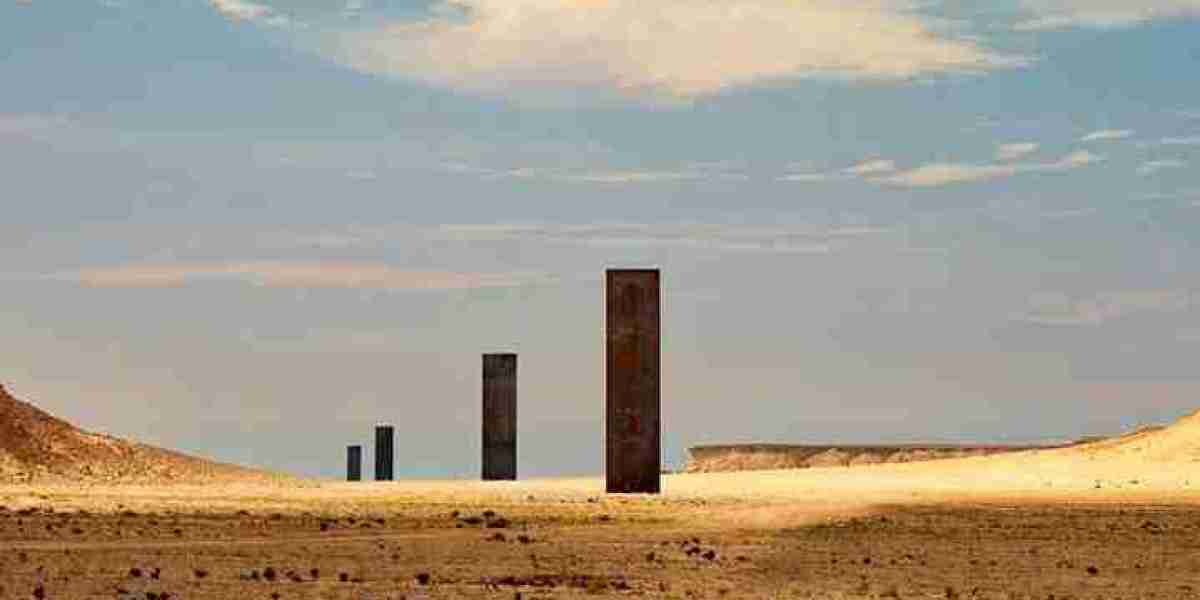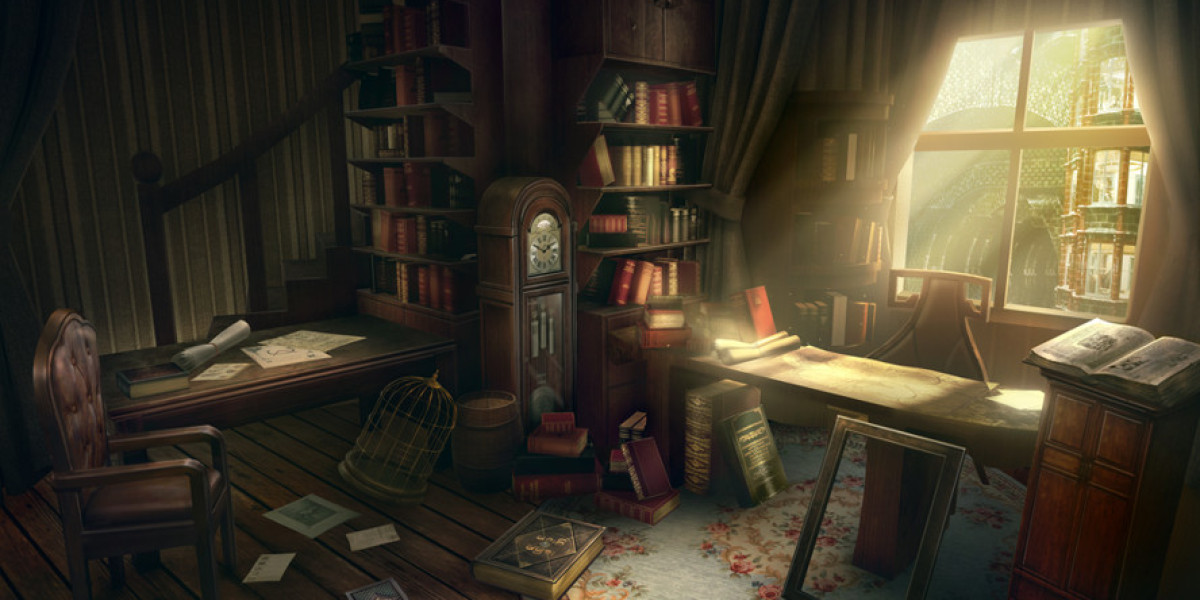This relatively unexplored part of Qatar is home to surreal rock formations, historical film sites, and art installations, providing a mix of adventure, tranquility, and discovery.
When you embark on a Zakreet West Coast Qatar Tour, you will experience the lesser-known side of Qatar, a world far from the glittering towers of Doha. This article will take you on a journey through the highlights of Zakreet, showcasing why it’s one of the most unique destinations in the country and an essential stop for any traveler seeking an off-the-beaten-path adventure.
1. The Road to Zakreet: A Scenic Desert Drive
The Zakreet West Coast is located around 80 kilometers west of Doha. While the drive takes about an hour, the scenic desert roads and open spaces make the journey part of the experience. As you leave behind the modern infrastructure of Doha, you will start to see the vast expanse of the Qatari desert, where the flat terrain stretches out in all directions.
For adventure enthusiasts, this journey is best experienced in a 4x4 vehicle, which will allow you to explore the rugged landscapes and remote areas of the west coast more freely. The drive itself is a testament to Qatar’s diverse landscapes, from the urban sprawl of Doha to the untamed beauty of Zakreet’s desert wilderness.
2. Discovering the Unique Rock Formations of Zakreet
One of the most striking features of Zakreet is its unique rock formations, which have been shaped by natural erosion over millions of years. The limestone rocks are carved into strange and otherworldly shapes, with the most iconic being the “Mushroom Rock,” named for its mushroom-like appearance.
The rock formations are spread across the desert, and visitors can explore them on foot, taking in the dramatic scenery. The area is ideal for photographers, with the natural light and shadows playing off the rocks to create stunning visual effects. Sunset is the best time to visit, as the golden light enhances the beauty of the formations and the surrounding desert landscape.
These natural sculptures are not only visually impressive but also serve as a reminder of Qatar’s geological history, where wind and water have sculpted the land into fascinating shapes over time.
3. East-West/West-East: Richard Serra’s Iconic Art Installation
A major highlight of the Zakreet West Coast Tour is the opportunity to visit Richard Serra’s East-West/West-East art installation. Located within the Brouq Nature Reserve, just a short distance from Zakreet, this monumental artwork consists of four massive steel plates, each standing 14 meters tall and stretching across a one-kilometer section of the desert.
The installation was designed to blend with the surrounding landscape, with Serra carefully considering the desert’s natural features. As you walk between the towering steel plates, you’ll be struck by the contrast between the smooth, modern material and the rough, ancient desert. It’s a powerful experience that combines art, nature, and architecture.
The isolated location of the installation adds to its mystique. Visitors often find themselves alone in the desert, surrounded only by the sound of the wind and the vast emptiness of the landscape. It’s a place for contemplation and reflection, where the scale of the artwork and the surrounding desert create a sense of awe and wonder.
4. Brouq Nature Reserve: A Haven for Wildlife
Zakreet is part of the larger Brouq Nature Reserve, which is a protected area dedicated to preserving the region’s unique wildlife and ecosystems. The reserve covers a significant portion of the West Coast and is home to a variety of animals, including gazelles, ostriches, and several species of birds.
Exploring the Brouq Nature Reserve is an opportunity to see wildlife in its natural habitat, away from the urban developments of Doha. While driving through the reserve, you may spot groups of Arabian gazelles grazing or ostriches wandering across the desert plains. Birdwatchers will also enjoy the reserve, as it is home to a variety of migratory birds.
The reserve’s landscapes are equally impressive, ranging from flat desert expanses to rocky hills and sandy dunes. It’s a great place for hiking, picnicking, and enjoying the serenity of Qatar’s natural environment. Visitors to Brouq Nature Reserve will gain a deeper appreciation of the country’s commitment to preserving its natural heritage.
5. The Film Set of “The Message”
Film buffs will be delighted to know that Zakreet was one of the filming locations for the 1976 epic film “The Message,” directed by Moustapha Akkad. The film, which tells the story of the Prophet Muhammad and the rise of Islam, used the barren and dramatic landscapes of Zakreet to recreate the scenes of ancient Arabia.
Today, remnants of the film set still remain, allowing visitors to explore the structures and imagine the grand scenes that were once filmed here. It’s a unique historical site that adds a layer of cultural significance to the area, connecting visitors to both the world of cinema and the history of Islam.
For many, visiting the film set is a fascinating glimpse into the intersection of history, culture, and film, where the story of one of the world’s most significant religions was brought to life in the desert of Qatar.
6. Camping and Beach Adventures on the West Coast
For those who enjoy outdoor activities, the Zakreet West Coast offers plenty of opportunities for camping and beach adventures. The region’s coastal areas are home to quiet, unspoiled beaches, where visitors can relax, swim, and enjoy the calm waters of the Arabian Gulf.
Zekreet Beach is one of the most popular spots for camping, offering soft sands, shallow waters, and a peaceful atmosphere. Many visitors choose to set up tents and spend the night under the stars, enjoying the cool desert breeze and the tranquility of the remote beach.
The beaches of the West Coast are also ideal for kitesurfing and other water sports, with the steady winds and open spaces providing perfect conditions for adventurous activities.
For those seeking a more laid-back experience, a simple walk along the shoreline offers breathtaking views of the sea and sky, with the occasional sight of dolphins swimming close to the coast.
7. Dukhan: A Glimpse of Qatar’s Oil History
Further along the West Coast, visitors can stop in the town of Dukhan, which is famous for being one of the key sites in Qatar’s oil industry. Dukhan was where oil was first discovered in Qatar in the 1930s, and the town remains an important industrial hub today.
While Dukhan is not a traditional tourist destination, it provides a fascinating glimpse into Qatar’s modern history and its transformation from a small pearling nation into one of the world’s richest countries. The oil fields and infrastructure are a stark contrast to the natural beauty of Zakreet, highlighting the diverse and often surprising contrasts that exist in Qatar.
8. Exploring Qatar’s Rich Cultural Heritage
Zakreet and the surrounding West Coast region are rich in cultural heritage, with several archaeological sites and ruins that offer insight into Qatar’s past. The area is dotted with old settlements, abandoned forts, and the remains of ancient pearling villages, which were once the backbone of Qatar’s economy.
Exploring these sites is like stepping back in time, where visitors can learn about the early inhabitants of Qatar and their way of life. It’s a reminder that, despite Qatar’s rapid modernization, the country has a deep and storied history that continues to be preserved and celebrated.
Conclusion: A Must-Visit Destination
The Zakreet West Coast of Qatar is a must-visit destination for travelers seeking a unique and enriching experience. From the surreal rock formations and monumental art installations to the wildlife of Brouq Nature Reserve and the historical film set of The Message, Zakreet offers a mix of natural beauty, cultural heritage, and adventure.
Whether you’re camping on the beach, exploring the desert, or reflecting on the beauty of Richard Serra’s artwork, the Zakreet West Coast Tour promises an unforgettable journey through one of Qatar’s most intriguing and lesser-known regions.





